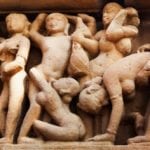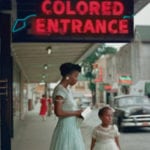 History
History  History
History  Technology
Technology Top 10 Everyday Tech Buzzwords That Hide a Darker Past
 Humans
Humans 10 Everyday Human Behaviors That Are Actually Survival Instincts
 Animals
Animals 10 Animals That Humiliated and Harmed Historical Leaders
 History
History 10 Most Influential Protests in Modern History
 Creepy
Creepy 10 More Representations of Death from Myth, Legend, and Folktale
 Technology
Technology 10 Scientific Breakthroughs of 2025 That’ll Change Everything
 Our World
Our World 10 Ways Icelandic Culture Makes Other Countries Look Boring
 Misconceptions
Misconceptions 10 Common Misconceptions About the Victorian Era
 Mysteries
Mysteries 10 Strange Unexplained Mysteries of 2025
 History
History 10 Things You Didn’t Know About the American National Anthem
 Technology
Technology Top 10 Everyday Tech Buzzwords That Hide a Darker Past
 Humans
Humans 10 Everyday Human Behaviors That Are Actually Survival Instincts
Who's Behind Listverse?

Jamie Frater
Head Editor
Jamie founded Listverse due to an insatiable desire to share fascinating, obscure, and bizarre facts. He has been a guest speaker on numerous national radio and television stations and is a five time published author.
More About Us Animals
Animals 10 Animals That Humiliated and Harmed Historical Leaders
 History
History 10 Most Influential Protests in Modern History
 Creepy
Creepy 10 More Representations of Death from Myth, Legend, and Folktale
 Technology
Technology 10 Scientific Breakthroughs of 2025 That’ll Change Everything
 Our World
Our World 10 Ways Icelandic Culture Makes Other Countries Look Boring
 Misconceptions
Misconceptions 10 Common Misconceptions About the Victorian Era
 Mysteries
Mysteries 10 Strange Unexplained Mysteries of 2025
10 Incredibly Badass Moments From The History Of Art
Compared to manly professions like logging or bear wrestling, art seems like it’s for sissies. After all, liberal arts majors aren’t exactly known for being badasses.
But that wasn’t always the case. In the past, an arts graduate was more likely to sock you in the jaw and steal your woman than start a discussion on male privilege.
10 Caravaggio’s Badass Street Gang
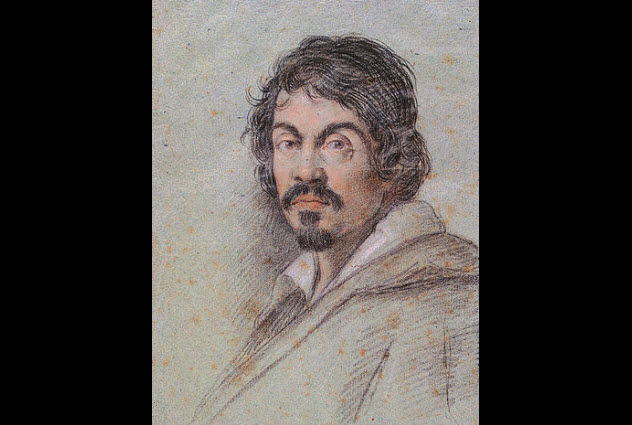
Michelangelo Merisi da Caravaggio was art’s original bad boy. In his short, frantic life, he slept with numerous men and women, got in random duels, attacked a prostitute with a knife, and killed a guy by stabbing him in the crotch. He may have worked part-time as a pimp and once assaulted one of his artistic rivals with a sword. He was as mad and as bad as they come. Yet nothing can compare to his Roman street gang.
A group of painters and architects who lived by the motto nec spe, nec metu (“without hope, without fear”), the gang was more like the droogs from A Clockwork Orange than typical liberal arts majors. At night, they would dress like old-fashioned knights and patrol the streets of Rome on horseback. Only instead of protecting damsels in distress, they preferred to pick up prostitutes, get in fights, and attempt to murder their rivals. Their leader was an architect named Onorio Longhi, who was perhaps even crazier than Caravaggio himself. In 1606, he led the artist into an insane, armed brawl that killed one man and grievously injured several others.
All this violence would eventually catch up with Caravaggio. One day, he was in a seedy Neapolitan tavern when he was jumped by a man with whom he’d previously fought. He received such grotesque injuries that he never really recovered.
9 Fra Filippo Lippi Lives His Life Like A Porno

A Florentine painter of the Renaissance, Fra Filippo Lippi was an extraordinarily talented artist who had the misfortune to be competing with some of the greatest painters in history. As a result, he’s less famous today than he really should be. There was one area where Lippi outshone his contemporaries, though. His amorous adventures read like something out of a porn film.
The Encyclopedia Britannica calls him “a man dominated by love affairs.” Throughout his life, Lippi courted controversy over his dalliances with women. Despite this reputation, he was commissioned in 1456 to do a painting in the convent of the nuns of Santa Margherita in Prato.
Not long after arriving, Lippi managed to seduce and sleep with a nun named Lucrezia Buti. Legend has it that he asked the Mother Superior to provide him with a nun to pose for his painting and then took advantage of the girl who was sent up. Depending on the telling, he then either ran away with Lucrezia or kidnapped her in the middle of a procession, spiriting her away to live with him in delightful sin.
Although all of Italy was outraged by the scandal, there was nothing they could do. Lippi was protected by the Medici family, who convinced the Pope to pardon him after some light torture. Lippi and Lucrezia spent the rest of their lives as lovers, and presumably, Lippi was never allowed near a convent again.
8 Italy’s Warring Futurists Punch Each Other Into Agreement
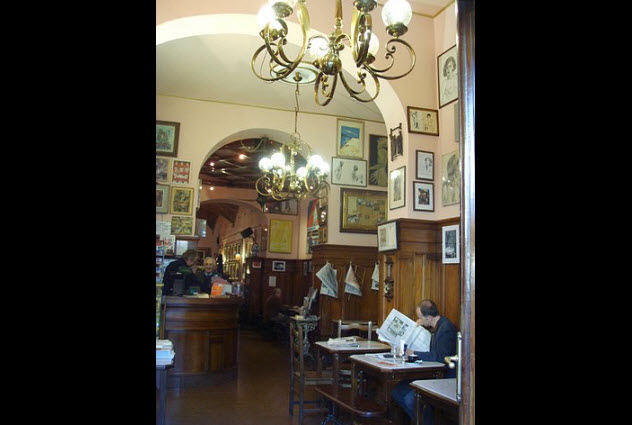
A turn-of-the-century Italian movement, futurism embraced the destruction of the old to make way for the new. It admired speed, change, the machine age, and later, fascism. But most of all, it admired violence. War was seen as a positive force for change, with brutality a noble endeavor. So when the Milan futurists fell out with their Florentine counterparts, only one outcome was possible.
After Ardengo Soffici wrote an article in 1910 summarily dismissing the Milan Futurist Exhibition, the members of the Milanese school tooled themselves up for combat and caught the train down to Florence. There, they made their way to the Cafe Guibbe Rosse, found Soffici, and proceeded to beat the living crap out of him. But Soffici was far from alone. When the Florentine set realized what was happening, they charged into the crowd and started one of the most epic brawls in art history.
The punch-up lasted several hours and only finished when all those involved were dragged down to the police station. The cafe was utterly trashed, and plenty of people were hurt. Strangely, it didn’t mark the beginning of a long and bitter rivalry. After the fight was over, the Florentine and Milan groups made up, becoming fast friends.
7 Thomas Moran Braves The Wilderness For Art

Strange as it now seems, the US was a largely unexplored place in 1871. Entire regions were completely unknown in the cities, and the West seemed full of adventure and danger. As part of a push to demystify the interior, Washington sent teams of men out to explore these strange territories. Among them was the painter Thomas Moran.
A landscape artist who originally came from England, Moran was a guy dedicated to his craft. When an expedition was sent out to survey what is now Yellowstone National Park (then an unexplored mystery land of weird craters and jets of steam), Moran grabbed an armful of supplies and tagged along with them. He spent 40 days in this vast wilderness, painting the heck out of it.
Even today, camping in Yellowstone for 40 days would be a pretty mean feat, and we live in a world of RVs and guns that could easily chase off a marauding grizzly. Moran didn’t have any of that. Instead, he simply wandered into this unexplored region and got on with making art.
It was worth it. His paintings became iconic, to the point that he was able to start calling himself Thomas “Yellowstone” Moran.
6 Michelangelo Dabbles In Pornography
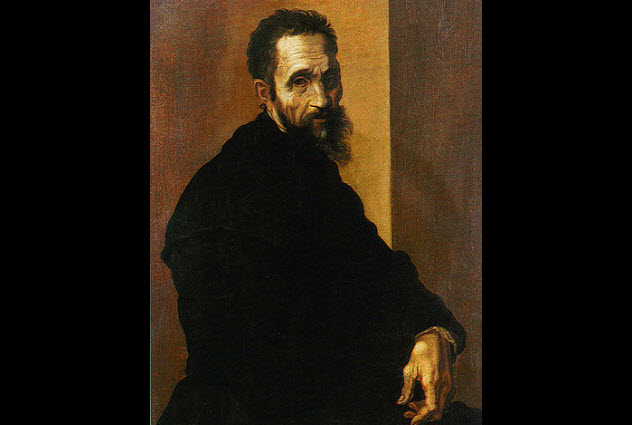
Possibly the greatest artist to have ever lived, Michelangelo was such an awesome sculptor that even his snowmen were considered masterpieces. But there was another side to this Renaissance titan, one you probably wouldn’t guess from looking at the pure majesty of his David. In his downtime, Michelangelo liked nothing better than to dabble in pornography.
Between finishing his work on David and starting the Sistine Chapel, Michelangelo is known to have made one of the crudest sketches in art history. Featuring a man bending over and displaying his anus to the world, it’s as obscene and disgusting as it sounds. He also wrote poetry with less-than-quotable lines like: “Urine! How well I know it—drippy duct.” One of his most famous verses was devoted entirely to excrement. In three short lines, it ran:
Around my door, I find huge piles of shit
Since those who gorge on grapes or take a purge
Could find no better place to void their guts in.
These are just a fraction of the huge volume of crude poems and obscene sketches made by the Renaissance master. While most of them probably never saw the light of day, they do show another side to the artist—one less cerebral and more amusingly immature.
5 Ballet Fans Start A Violent Riot
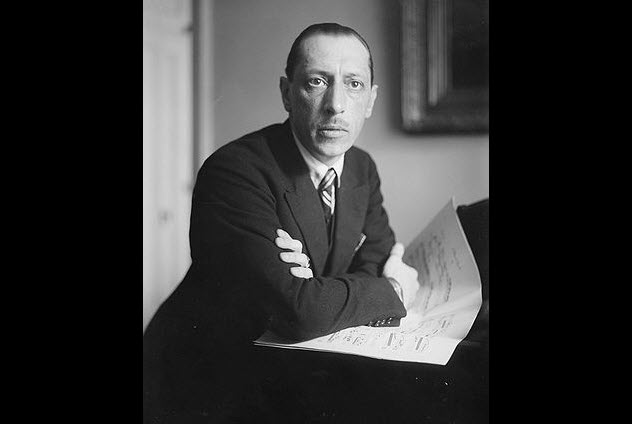
It’s not often that the words “ballet” and “riot” appear in a single sentence. But the ballet audience of the early 20th century was very different from the reverential crowds that go today. When composer Igor Stravinsky premiered The Rite of Spring on May 29, 1913, the audience was so upset that they literally started a riot.
Although it’s now considered a classic, The Rite of Spring was daringly experimental at the time. Before the curtain even went up, the orchestral music had half the audience booing and shouting abuse. When the dance started, the French crowds snapped, and the production quickly descended into a full-blown riot.
According to people who were there (including Pablo Picasso and Marcel Proust), angry audience members hurled vegetables onto the stage and tried to stop the performance. Two rival factions in the audience attacked each other, reducing the opening night to an apocalyptic brawl. By the end of the evening, 40 people had been forcibly ejected.
4 Rimbaud Becomes A Gunrunner
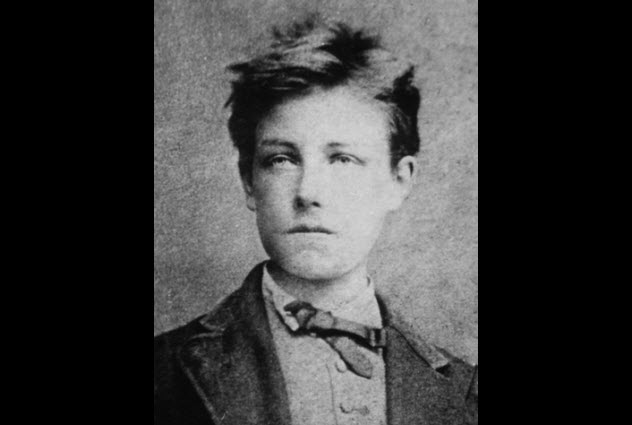
Arthur Rimbaud was to poetry what Caravaggio was to painting. A precocious youth who died young, he was also phenomenally badass. At 17, he became a homeless beggar on the streets of Paris until he and the eminent poet Paul Verlaine started a torrid, homosexual love affair that saw Rimbaud stuff himself with drugs, rob the older poet blind, and use his printed works as toilet paper.
But Rimbaud’s craziest moment would come when he was 25. Turning his back on poetry, he headed to East Africa to become an opportunistic gunrunner.
In 1885, Rimbaud purchased several thousand rifles from Europe, loaded them onto camels, and rode through Ethiopia to sell the rifles in what was then Abyssinia. The journey took him around four months and involved trekking through a lunar landscape of volcanoes and burning Sun.
This wasn’t just some crazy scheme for getting material, either. Rimbaud never wrote another word of poetry again. Instead, he stayed in Africa, working first as a mercenary and later as a slave trader.
3 Maxwell Bodenheim Lives The Most Bohemian Life Ever
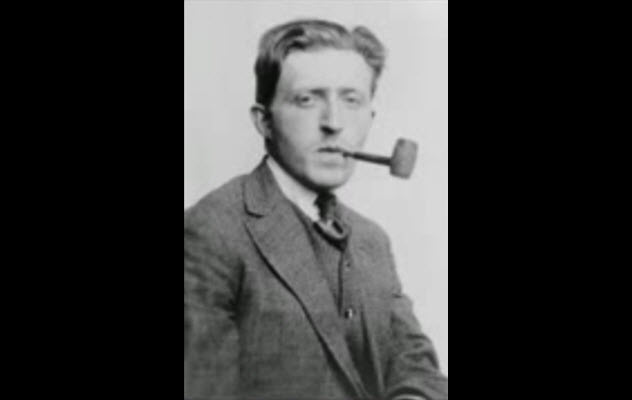
In the first half of the 20th century, Maxwell Bodenheim was considered perhaps the greatest writer America had ever produced. The fact that we have to introduce him shows just how fickle fate can be. If Bodenheim deserves to be known for anything these days, it’s the crazy life he lived. In his last years, the formerly great writer became perhaps the most bohemian artist in history.
We don’t mean he did a bit of dope and got in some fights. Bodenheim took the whole bohemian thing extremely seriously. In the 1940s, he dropped out of society and became a homeless wino, sleeping with his wife on park benches and staying sober just long enough to write his poems. He spent his evenings drinking pure grain liquor and was known for turning up at literary parties with a burlap sack into which he’d tip anything that hadn’t been tied down.
When he wasn’t busy being a homeless drunk, Bodenheim was being a jerk to women. In one 60-day period, he seduced and dumped four famous beauties, causing all four of them to attempt suicide. Yet he couldn’t stand to see his wife do the same thing. In February 1954, he got killed trying to stop a dishwasher from sleeping with his wife. The dishwasher drew a pistol and blew away the bohemian nutcase, ending his one-man rampage of insanity.
2 British Artists Brave War For Art
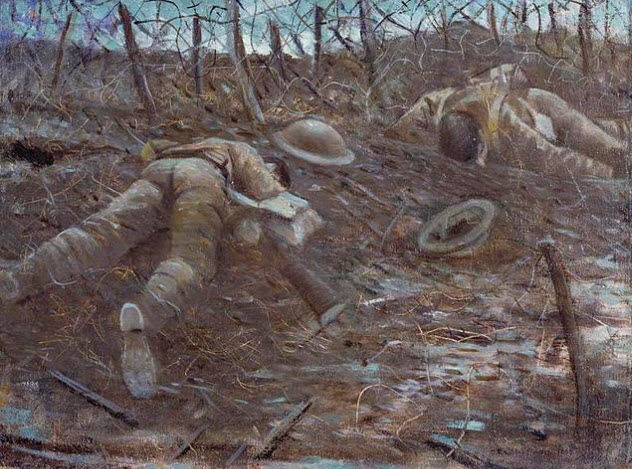
World War I changed Britain more profoundly than even World War II. Faced with such an epic event, a handful of the UK’s artists decided that they couldn’t let this moment pass them by without painting it. Instead of getting cushy government commissions to visit as official war artists, though, many of them simply signed up to fight. They wound up working in some of the worst conditions imaginable.
The painter Eric Kennington was sent to the western front near Laventie in France. The first winter of the war was unbelievably brutal. At one point, he went nearly four days without sleep after temperatures dropped to -20 degrees Celsius (-4 °F) and a heavy snowfall buried the British trenches. In January 1915, he lost a toe due to infection and nearly lost his whole foot. Discharged from the army due to his medical condition, he rejoined as an official war artist and went straight back to the front.
The artist Richard Nevinson volunteered to join the Red Cross and wound up working in a casualty clearing station. There he saw hundreds and hundreds of corpses maimed by artillery fire and people suffering wounds most of us can’t even imagine. To top it off, he got rheumatic fever and had to be discharged from the army. Like Kennington, he immediately rejoined again as an official artist and went back to the war.
There are dozens more stories of British artists who risked their lives to bring back fragments of the carnage in Europe in the form of paintings. In a very real sense, these brave men were prepared to die for their art. It’s hard to imagine Damien Hirst or any other famous artist volunteering to do that today.
1 Gesualdo Lives Life Like An Absolute Lunatic
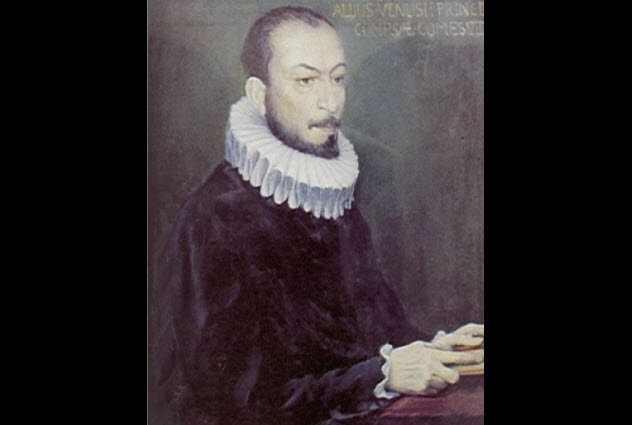
When even the sober, sensible BBC website describes someone as “irrefutably badass,” you know you’re dealing with a force of nature. Don Carlo Gesualdo was that someone, and his life story is even crazier than the description suggests.
A late Renaissance lutenist and composer, Gesualdo’s private life was one of sex, sadomasochism, and murder. At age 20, he married his 24-year-old cousin, Maria d’Avalos, who was supposedly so alluring that two men had died from bliss while having sex with her. Not long after they married, he discovered her in bed with the Duke of Andria, who was wearing her clothes.
In a rage, he murdered both of them, mutilated their bodies, and then possibly murdered his child, thinking it belonged to the Duke. The record is unclear on whether this last bit is fact or rumor. At this point, his bizarre story was just getting started.
As a member of the aristocracy, Gesualdo was exempt from punishment. That didn’t stop him from torturing himself. Overcome with depression, the artist started keeping a group of strapping young men around his castle for the express purpose of beating him in sadomasochistic orgies.
He also became embroiled in a witchcraft trial and wound up on the wrong side of the Spanish Inquisition before finally being beaten to death by his young men in what’s been described as “some kind of masochistic rampage.”
At 47, his death marked the end of perhaps the craziest life any artist has ever lived.



